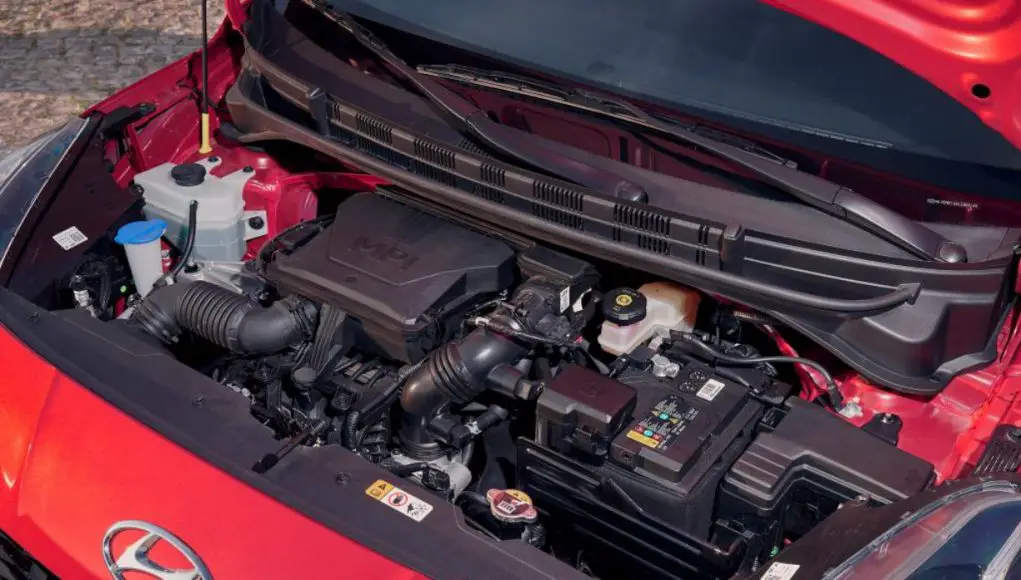Here’s why Hyundai is shifting towards electrification but won’t completely abandon gas engines anytime soon.
Earlier this week, the Korean Economic Daily confirmed news, Hyundai Motor Group will stop developing new internal combustion engines in order to shift R&D resources towards electrification and EVs.
Embed from Getty ImagesAfter news of this went viral, Hyundai immediately squashed this speculation as rumor.
In a quote to Motor1, Hyundai said,
“Hyundai Motor Group can confirm that it is not halting the development of its engines following recent media speculation. The Group is dedicated to providing a strong portfolio of powertrains to global customers, which includes a combination of highly efficient engines and zero emissions electric motors.”
Hyundai’s statement to KED and clarification to Motor1 aligns with what they told Reuters in May and their press release and speech at IAA Mobility in September.
Back in May we learned Hyundai would be cutting the number of internal combusition engines by half.
In September at IAA Mobility, Hyundai re-iterated the same, further stating,
“Hyundai plans to stop selling internal combusion engine vehicles in Europe, starting 2035.”
“The ambitious goal is to become carbon neutral in both its products and operations by 2045.”
Hyundai outlined how they expect for Battery Electric Vehicles and Fuel Cell Electric Vehicles to account for 80 percent of their total fleet sales by 2040.
Hyundai also boldly introduced innovations in autonomous driving, intercity air travel, and touted its investments in green and sustainable energy.
Now, looking at KED’s article, while Hyundai did shut down their engine development division, they also confirmed they’re “leaving only some to modify existing (gas) engines.”
This aligns with what they told Reuters, stating how,
“Hyundai will try to improve the efficiency of its internal combustion engine vehicle line-up in emerging markets.”
All of these blog posts and articles referencing KED’s post make it sound like Hyundai is rushing to drop internal combustion engines altogether.
First, we know Hyundai is making a push for BEV cars in Europe, the United States, and China, three areas showing rapid adoption of BEVs.
According to Hyundais total sales in 2020, those three areas accounts for roughly 60 percent of total sales.
The other 40 percent of sales, a good 1.1 million units a year, are in those aforementioned emerging markets including India, Africa, the Middle East, Central and South America, Russia, and parts of Asia.
Take, for example, India, a country where EVs only account for less than one percent of car sales, Hyundai’s best-selling vehicles are overwhelmingly all gas powered.
On average, Hyundai sold 8,080 Creta 5-seaters a month. Compare that to only 18 Kona EVs a month.
Embed from Getty ImagesThese emerging markets do not have the demand or infrastructure to support mass adoption of EVs.
Also, it’s easy for Hyundai to say they’re abandoning ICE development if you consider how new their Smartstream lineup of diesel and gasoline engines are.
Hyundai’s Smartstream engine branding was introduced in 2017 and has quickly rolled out to its global lineup, with displacements ranging from naturally aspirated engines less than a liter to turbocharged 3.5Ls.
Smartstream engines in NA, forced induction, and electrified form will account for another 15-20 years of ICE technology for emerging markets, not to mention all markets if electrification sales do not meet stated goals.
Yes, Hyundai is making a concerted effort towards electrification through BEVs, Plug-in Hybrids, Hybrids, and Hydrogen powered fuel cell vehicles.
But, as mentioned, most of their lineup is still gas powered and, with the relativly recent introduction of their Smartstream branding of ICE engines, will still support and develop regular gas engines for the foreseeable future.




